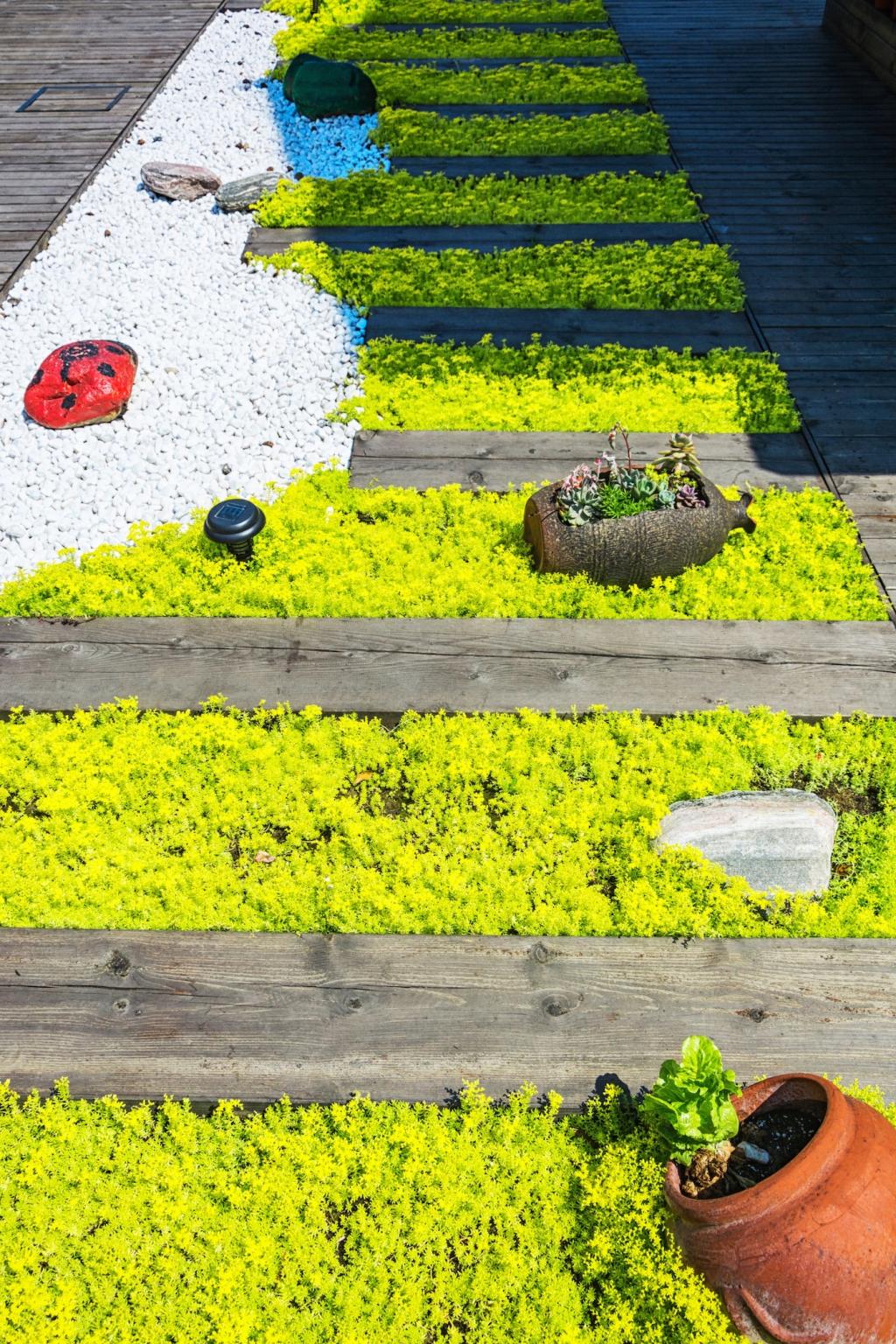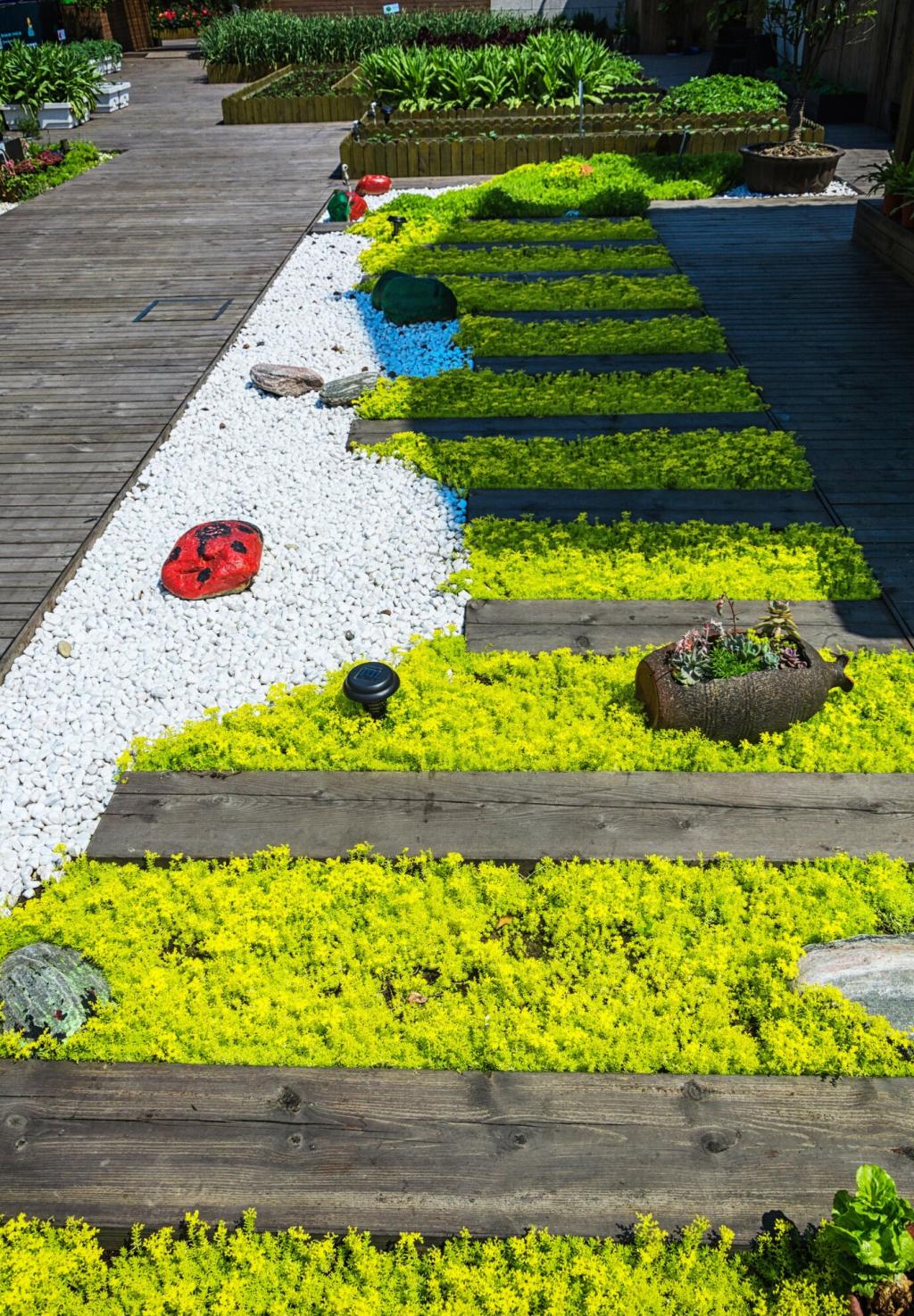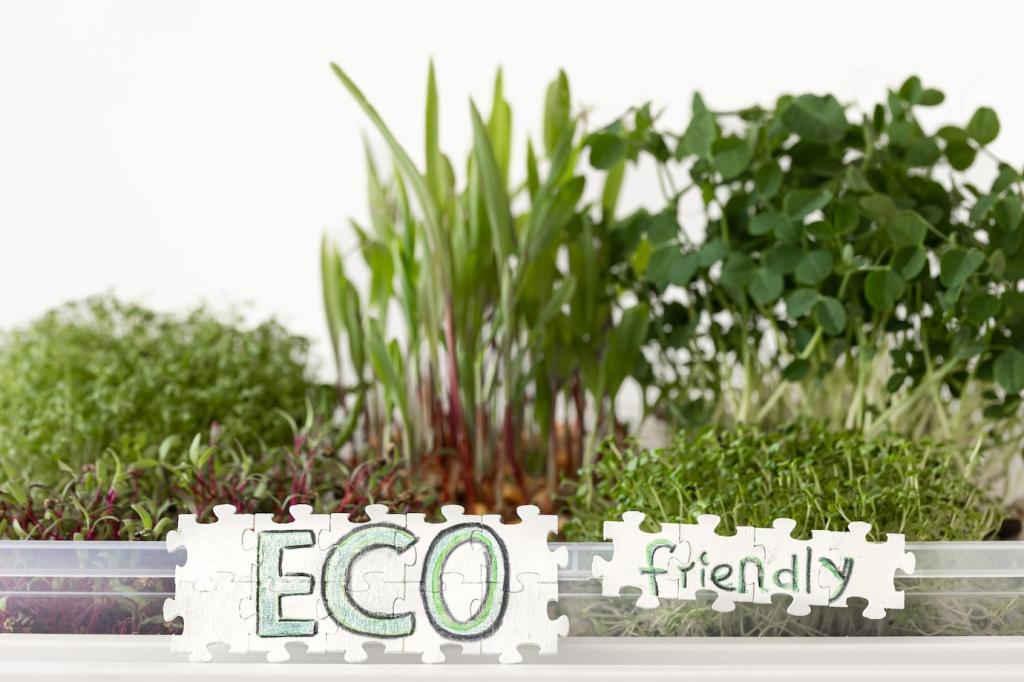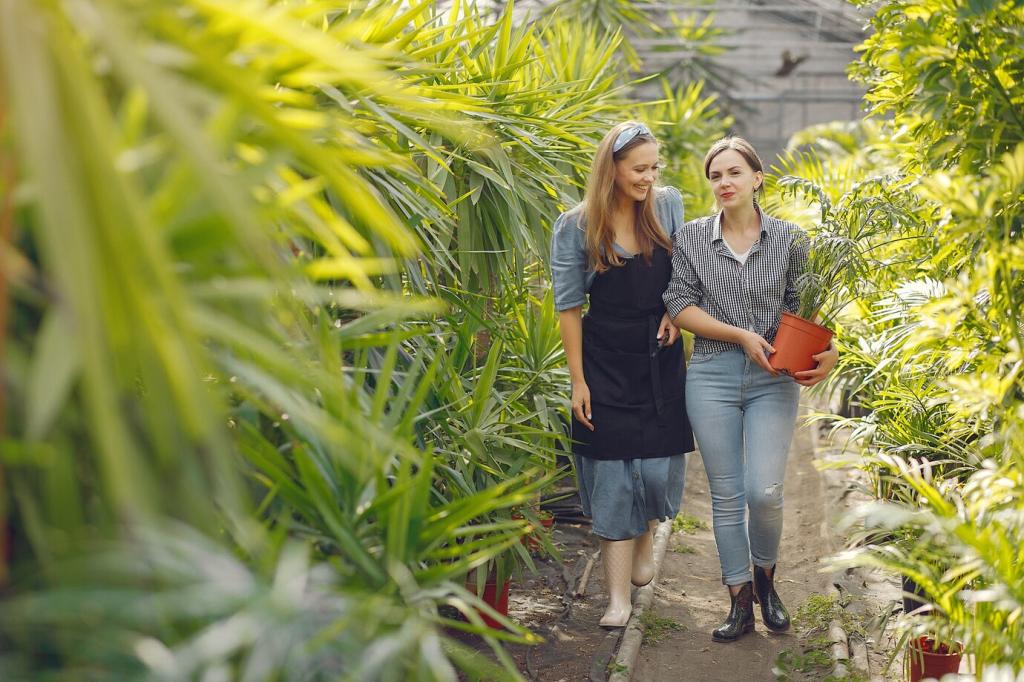Exploring the Environmental Advantages of Green Roofs
Chosen theme: Exploring the Environmental Advantages of Green Roofs. Imagine rooftops transformed into living landscapes that cool neighborhoods, cradle biodiversity, and turn storms into resources. Join us as we uncover practical benefits, fresh research, and real stories, and subscribe for weekly inspiration and hands-on guidance.

Green Roofs 101: A Living Skin Over Concrete
A thriving green roof starts with a waterproof membrane, root barrier, drainage, filter fabric, engineered growing medium, and resilient plants. Each layer performs a job—protecting the building, storing water, supporting life—so the whole system quietly delivers cooling, filtration, and habitat above the street.
Green Roofs 101: A Living Skin Over Concrete
Centuries ago, sod roofs kept Nordic homes warm. Modern versions emerged in Germany, then spread through Basel, Chicago, and Singapore as cities chased cleaner air and cooler summers. Share where you live, and we will highlight local examples that prove rooftops can become everyday environmental allies.



Green roofs replace heat-absorbing surfaces with vegetation that shades and evaporatively cools. Studies show neighborhood temperatures can drop, easing peak energy demand on sweltering afternoons. Comment with your hottest summer experience, and we will share targeted planting strategies that deliver maximum cooling on tough rooftops.

Leaves capture particulate matter, while plants and growing media sequester carbon over time. Even modest installations contribute, especially when drought-tolerant perennials thrive year-round. If air quality is your concern, subscribe for guides on species that clean the air efficiently across different climates and rooftop microclimates.

On a windy July evening in Chicago, a café’s green roof turned harsh heat into a gentle, fragrant airflow. Diners noticed cooler air and bees drifting between blooms. Share your favorite summer spot, and we will suggest plant mixes that sweeten breezes and support local pollinators.
Stormwater Management and Flood Resilience
01
Sponge Effect: Holding and Releasing Rain
Engineered soils act like sponges, absorbing rainfall and releasing it gradually. This delay reduces combined sewer overflows and lowers peak runoff during intense storms. Tell us your region’s rainfall pattern, and we will recommend depth, media blend, and plants to match your climate’s storm profile.
02
Case Study: A Warehouse That Stopped Flooding
After installing an extensive green roof, a midwestern warehouse saw ponding vanish during spring storms that previously flooded loading bays. Maintenance stayed simple, dominated by seasonal checks. Comment if your building struggles with runoff, and we will share a checklist to make the business case compelling.
03
Water Quality Gains Start at the Roof
By keeping first-flush contaminants out of storm sewers, green roofs help protect streams and rivers. Sediments and nutrients bind in the substrate, while plants metabolize some pollutants. Subscribe for monitoring tips to quantify your roof’s stormwater performance and inspire neighbors to follow your lead.

Pollinator Pathways in the Sky
Clusters of nectar-rich natives turn isolated rooftops into stepping-stones for bees and butterflies. Even shallow media can host sedums, alliums, and herbs that flower for months. Tell us which pollinators you spot locally, and we will map a bloom calendar to keep them fed from spring to frost.

Shelter for Birds and Beneficial Insects
Adding varied structure—logs, gravel patches, and wind-sheltered corners—invites ground-nesting bees and resting migratory birds. Thoughtful lighting protects nocturnal species. Share your sighting stories, and we will feature them in a community roundup celebrating rooftop biodiversity gains across neighborhoods and climates.

Native Plant Palettes That Thrive
Resilient natives handle heat, wind, and shallow soils, reducing irrigation while boosting ecological value. Mix textures and bloom times for resilience during droughts. Subscribe for our regional palette series, with tested species lists that keep maintenance low and wildlife benefits high all year long.
Human Well-Being and Social Spaces

Views of greenery reduce anxiety and improve cognitive recovery after intense tasks. A teacher told us students focus better after quiet minutes among rooftop herbs. Share how nature helps you reset, and we will send a guide to micro-restorative spaces for compact rooftops.
Longevity, Energy Savings, and Lifecycle Benefits
Shielding the Roof, Extending Its Life
Vegetation and growing media buffer ultraviolet radiation and temperature swings, reducing cracking and extending membrane life. Many owners cite fewer repairs and calmer maintenance schedules. Comment if longevity matters for your project, and we will outline specification choices that protect your investment.
Insulation and Reduced HVAC Peaks
Seasonal thermal moderation lowers cooling loads in summer and stabilizes indoor temperatures. Buildings report quieter interiors and more comfortable top floors. Share your current energy pain points, and we will provide a checklist to pair green roofs with reflective surfaces and smart ventilation for extra savings.
Measuring What Matters Over Time
Lifecycle assessments capture avoided runoff, air quality gains, extended membrane life, and human health benefits. These environmental returns often exceed upfront costs. Subscribe to access our simple tracking sheets that help you communicate measurable advantages to stakeholders and grant programs.
Policy, Participation, and Your Next Step
Local Policies and Incentives to Explore
Many cities offer stormwater fee reductions, tax credits, or density bonuses for green roofs. Building codes often include clear guidelines. Tell us your location, and we will point you to incentive maps and example applications that streamline approvals and maximize environmental impact.
Community Projects That Inspire
A library roof garden became a butterfly classroom, while a factory roof seeded a neighborhood pollinator corridor. These projects built pride and measurable benefits. Share your favorite example or proposal, and we will feature it to inspire others to scale environmental advantages block by block.
Join, Subscribe, and Shape the Conversation
Your stories help this movement grow. Comment with your roof type, goals, and climate. Subscribe for monthly design clinics, plant trials, and data templates. Together, we will keep exploring the environmental advantages of green roofs—and turning unused rooftops into thriving urban ecosystems.
